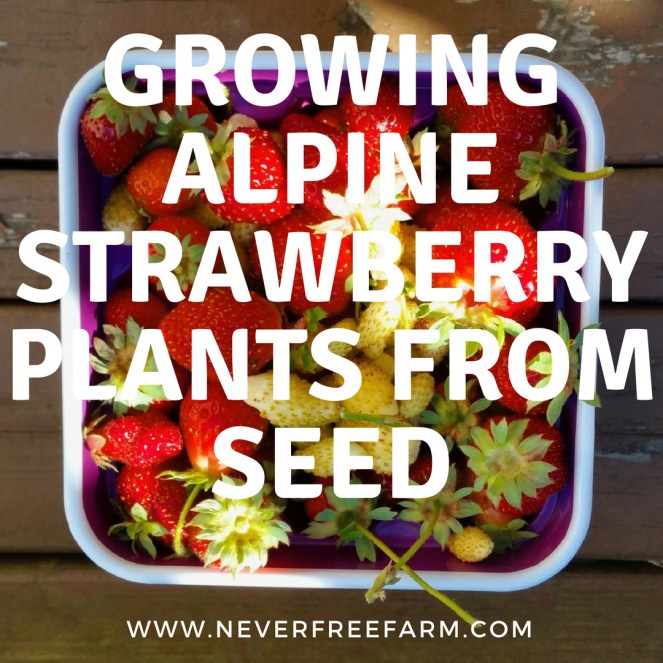As February nears, the call to get gardening is at a frenzy. The nice weather we get in late January doesn’t help either. Often in this time period we get “first spring”, a week or two of sunny weather where the start of spring starts popping out (buds start forming, dandelions pop up, trees start to show life). You must ignore first spring though. For winter will be back. Don’t give in.
That doesn’t mean you can’t start ramping up to gardening season however! And…you should. There is plenty to do, to be ready for when the sun returns high to the sky in the north. I’ve included a list of articles we have written about gardening on scenic Whidbey Island, Wa to help you plan out your year – wether you are a seasoned gardener, or a complete newbie. It doesn’t matter if you have just a balcony, or 5 acres – you can grow something this year!
The Basics:
- Whidbey Island, Wa is considered Grow Zone 8b. Now then, there are some microclimates around the island, especially in the low hollows (Maxwelton, Possession Point are two areas) or at the higher points on the north end. But in general, 8b can be trusted. The last frost date for Grow Zone 8b is on average April 15th, and I highly recommend you don’t put out your tomatoes and similar into the ground until Mother’s Day Weekend in May. Do that, and you will be solid all around. If you are in a microclimate, you will notice it within a year.
- In general we have mild winters, with short freezes and snow for a couple of days. Our fall thru early spring tends to be wet. Summers are usually warm and dry. Though only hot for short periods of times.
- Due to the Olympic Mountain Rainshadow, some areas of the island get far less rain, where as the north end and the tip of the south end get a lot more. Plan for this.
- Keep a gardening journal. Every year. Note when you start seeds, when you set them out, when you seeded in ground. What grew, what didn’t. Mark the weather. Take a lot of photos. Especially when there is snow or hail. I can go back many year and know when we got cold snaps. To remind myself to not start too early.
- Get your infrastructure done when it’s still cooler out. Weed existing areas. Top off with more soil or compost. Build raised beds, open up and till the land if you want in ground. Our ground rarely freezes on the island (outside of the once or twice a year Frasier River Valley freezes that come down from Canada.) It’s just a lot easier to work under a lower sun, in the 40’s to 50’s than rushing in April in the heat. And…if you weed now, then the weeds never get a chance to grow big – and get bigger roots.
- How much to grow. I sat down and wrote this article for myself. Because it’s just that much easier if you have a guide to go off of.
- Consider chickens. They are easy to handle, give you eggs and manure, and help keep bugs at bay. Even in towns, you can often keep a couple hens. Children can help in taking care of them!
- Start a compost pile, and eventually you will have free compost soil to use.
The Articles On Gardening:
When To Plant Seeds (Read this one first!)
5 Months To Prepare Your Garden (Why working in fall is good)

(Growing food is one of the most freeing things you can do!)
Other Articles About Gardening, Farming, and Homesteading To Read:
Letting Chickens Have The Winter Off
Growing Alpine Strawberry Plants From Seed
Making A Seed Vault (and seed packets)
Using Silage Tarps To Prep Beds
Raised Beds From Reclaimed Trees
Building New Garden Beds (urban homesteading)
Grow Food, Not Lawns (How to grow in urban areas)
Build A Simple Hoophouse, Get 3 Season Growing
The Money Pit of Heating a Greenhouse

~Sarah



































